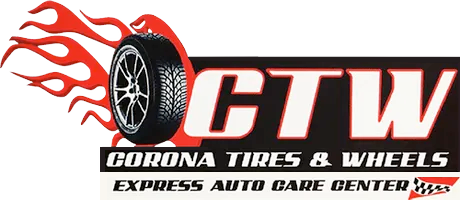Brake Services
Brake Service
Our ASE-certified technicians take professionalism to the next level by offering courteous and knowledgeable service to all of our customers. Continually striving to master every aspect of automotive care, ASE technicians follow Motorist Assurance Program Uniform Inspection Guidelines for your vehicle’s braking system to assure safe, smooth driving.
ASE Technicians
When your mechanic is wearing the ASE patch, don’t expect to get to know him—you won’t be back in a long time! That’s because our ASE technicians do the job right the first time. They inspect the following braking components:
Drum Brakes
- Brake drums and shoes
- Wheel cylinders
- Return springs
Hydraulic System
- Master cylinder
- Brake fluid and hoses
- Power booster
Disc Brakes
- Disc brake rotors and pads
- Calipers and hardware
Parking Brake
- Cables
Hydraulics
Your vehicle’s brake system is a culmination of over 100 years of technological innovation, transforming crude stopping mechanisms into dependable and efficient equipment. While brake systems vary by make and model, the basic system consists of disc brakes in front and either disk or drum brakes in back. Connected by a series of tubes and hoses, your brakes link to each wheel and to the master cylinder, which supply them with vital brake fluid (hydraulic fluid).
We can summarize all of your braking equipment into two categories, Hydraulics and Friction Material:
The master cylinder is like a pressure converter. When you press down on the brake pedal (physical pressure), the master cylinder converts this to hydraulic pressure, and brake fluid moves into the wheel brakes.
Brake lines hoses deliver pressurized brake fluid to the braking unit(s) at each wheel.
Wheel Cylinders surrounded by two rubber-sealed pistons connect the piston with the brake shoe. Push the brakes and the pistons stop and the shoes pushes into the drum. Calipers squeeze brake pads onto the rotor to stop your car. Both components apply pressure to friction materials.

Friction Materials
Disc Brakes Pads & Drum Brake Shoes
A disc brake uses fluid (released by the master cylinder) to force pressure into a caliper, where it presses against a piston. The piston then squeezes two brake pads against the rotor, forcing it to stop. Brake shoes consist of a steel shoe with friction material bonded to it.
How It Comes Together
When you first step on the brake pedal, you are triggering the release of brake fluid into the system of tubes and hoses, which travel to the braking unit at each wheel. You actually push against a plunger in the master cylinder, releasing fluid. Brake fluid can’t be compressed. It moves through the network of tubes and hoses in the exact same motion and pressure that initiated it. When it comes to stopping a heavy steel machine at high speed, this consistency is a good thing. The performance of your brakes can be affected when air gets into the fluid; since air can compress, it creates sponginess in the pedal, which disrupts consistency, and results in bad braking efficiency. “Bleeder screws” (located at each wheel cylinder) remove unwanted air in your system.
Warnings Signs Include
A car without functioning brakes is dangerous. In many cases, warning signs will tell you if your car’s brakes may need service. Squealing or grinding noises when using brakes. This could mean your brakes need to be adjusted or that your brake pads are worn and need replacement.
Your dashboard’s Anti-lock Braking System (ABS) light turns on. This indicates that your brake fluid is low. You may have a leak in your brake line. Get it inspected.
While braking, your car pulls to one side. This means that your brakes need adjustment, there is brake fluid leakage, or your brakes are worn out and need replacement.
Your brakes are hard to press down or feel “spongy.” Usually this means air has gotten into your brake lines or you may have low brake fluid.
When applying your brakes, your steering wheel, brake pedal, or entire vehicle begins to shake. If this happens, your brake rotors could be warped and need replacement.
When you notice any brake warning signs, contact our professional staff by phone, or email, immediately and we’ll take care of it.
